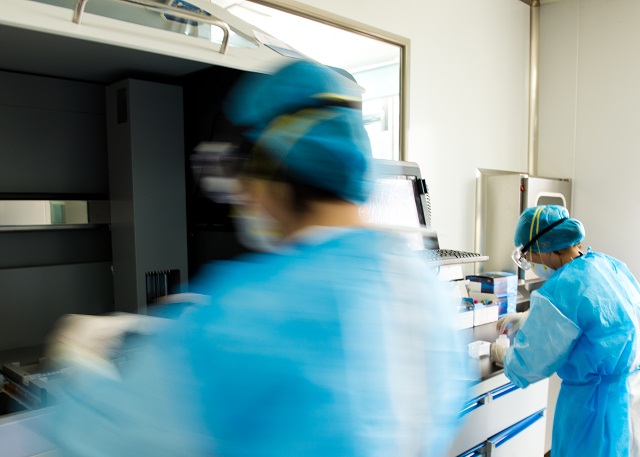 Image Credit: hxdbzxy | Shutterstock.com
Image Credit: hxdbzxy | Shutterstock.com
3D printing technology could be used to help clinicians to develop personalised medical devices, through which antibiotics and chemotherapeutic medications can be delivered to a targeted area in cell cultures. thanks to new research being presented at the Society of Interventional Radiology (SIR) 2015 Annual Scientific Meeting.
Medical devices with a particular shape and size can be useful when customising interventional radiology treatments to meet specific patient needs. Both engineers and researchers have worked together to print bioactive stents, catheters and filaments, thus allowing the devices to deliver a precise and targeted treatment.
3D printing technology can create tailor-made materials for use personalised medicine. It allows devices to be constructed which meet the patients' needs, from their unique anatomy to specific medicine requirements.
"These devices are part of treatment options that are less invasive than traditional surgery," said Horacio R. D'Agostino, M.D., FSIR, lead researcher and an interventional radiologist at Louisiana State University Health Sciences Center (LSUH) in Shreveport.
We treat a wide variety of patients and, with some patients, the current one-size-fits-all devices are not an option. 3D printing gives us the ability to craft devices that are better suited for certain patient populations that are traditionally tough to treat, such as children and the obese, who have different anatomy. There's limitless potential to be explored with this technology.
Horacio R. D'Agostino, FSIR, lead researcher and an interventional radiologist at Louisiana State University Health Sciences Center
D'Agostino and his team of nanosystem engineers and biomedical engineers at LSUH and Louisiana Tech University used resorbable bioplastics and 3D printing technology to develop bioactive stents, catheters, chemotherapy beads, and filaments containing chemotherapeutic agents or antibiotics. They later tested these devices in cell cultures to see if it is possible to prevent growth of cancer cells and bacteria.
When the team examined catheters that contain antibiotics, it was found that the devices prevented bacterial growth. It was also observed that filaments carrying chemotherapeutic agents prevented the growth of cancer cells.
Moreover, the researchers were also able to print biodegradable stents, catheters and filaments that contain chemotherapeutic agents and antibiotics. Such medical devices can help patients to evade the need for a second treatment or procedure when traditional materials are utilized.
According to D'Agostino, more research has to be done to investigate the premature success realized with 3D-printed systems in the lab, and ultimately get approval to use these medical devices in patients. D'Agostino also envisages an opportunity to partner with other medical specialties so that higher-quality, personalized care is delivered to different kinds of patients.